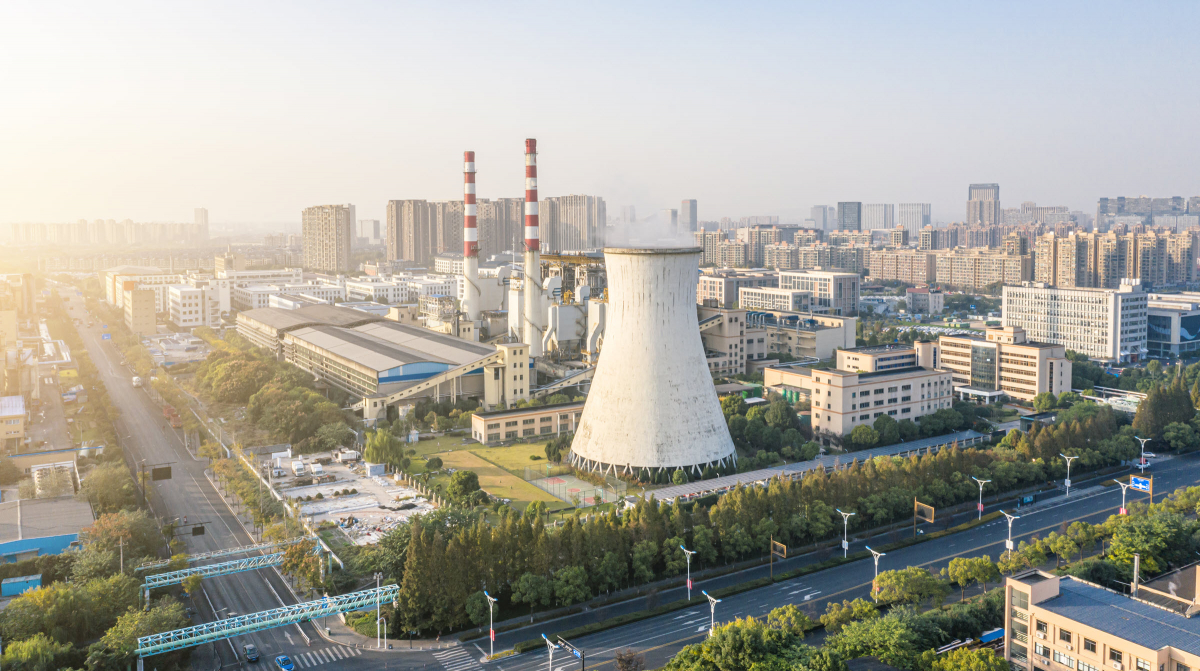China starts test operation of a thorium nuclear reactor
An experimental nuclear reactor is due to go into test operation in Wuwei, China, in September, using thorium instead of uranium as fuel and liquid salt instead of water as a coolant.
With thorium as fuel and molten salt as coolant, the People’s Republic of China wants to take a significant step on the way to climate-neutral energy generation. A first test reactor is now in place. On the edge of the Gobi desert, in the Chinese town of Wuwei in the Gansu province, a two-megawatt reactor is due to go into test operation this month.
Like the science magazine Nature reports, China leads the world in thorium reactors. The People’s Republic is most likely to succeed in commercializing the technology. Western scientists also see great potential in thorium and molten salt reactors. Lyndon Edwards, nuclear engineer at the “Australian Nuclear Science and Technology Organization” in Sydney, for example, sees thorium, which is much more productive than uranium, a technology that could become very useful in 50 or 100 years when uranium reserves run out. To do this, you would have to develop it now, because it would certainly take decades before it would be ready for series production.
In China, development progress is expected to be much faster. The state research program for molten salt reactors has been running since 2011. The state has invested around half a billion US dollars so far. If the experiments in the thorium reactor in Wuwei are successful, the People’s Republic wants to build a reactor by 2030 that would provide 373 megawatts of electricity. Compared to a medium-sized conventional nuclear power plant that can generate around 1,400 megawatts, that would still be relatively little, but on the typical rated outputs of today’s power plantsthat are operated with coal or gas, such a system would certainly come close.
Thorium is an obvious source of energy for the People’s Republic. Because, while uranium has to be imported at great expense, thorium is a waste product from the mining of the so-called rare earths, in which China is also the world leader. Thorium is a weakly radioactive, silvery metal that occurs naturally in rocks and is currently hardly used industrially.
In contrast to uranium, the naturally occurring isotope thorium-232 cannot be split. But when it is irradiated in a reactor, it absorbs neutrons and forms uranium-233, a fissile material that generates heat. This additional step makes thorium more expensive to use compared to uranium.
The combination of the fuel with a molten salt reactor, however, allows operation at much higher temperatures than a conventional light water reactor. The Chinese reactor is said to use fluoride-based salts, which melt at a temperature of around 450 degrees Celsius to form a colorless, transparent liquid. The salt melted in this way transports the heat away from the reactor core. The salt also forms the substrate for the thorium, which is dissolved directly in the core.
Because the fuel is dissolved in the salt and the reactor operates at lower pressure than a light water reactor, the risk of explosive core melts is reduced, which is why the molten salt reactors are considered to be relatively safe. In addition, their waste products are considered to be less weapons-grade. However, this point is not consistently assessed by researchers. The final disposal of the resulting waste is problematic because it emits high-energy gamma radiation. This means that the nuclear waste must be cooled in the repository.
Thorium is just one of the new nuclear technologies that are being researched in China with government funding. Chinese atomic researchers have been working on half a dozen different reactor technologies since 2002, including those that are to be cooled with lead or sodium liquid. Tangible results should be presented by 2030.



